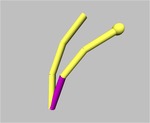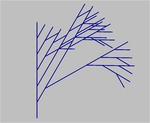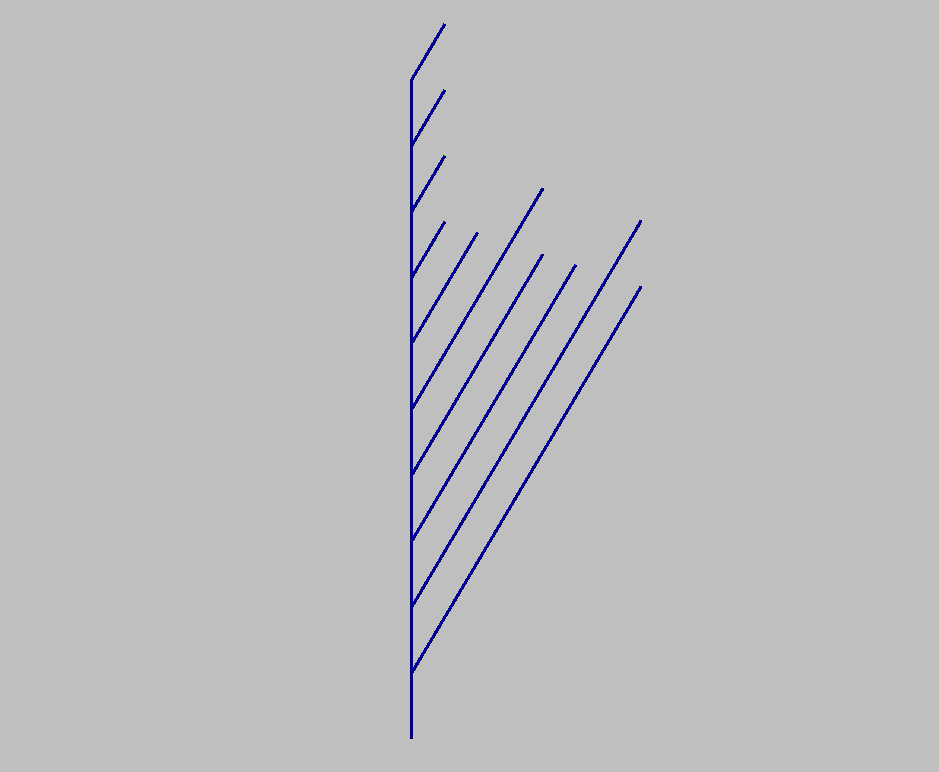Copy/Paste the following code to your GroIMP project:
//**********************************************************
/*
You will learn:
– the use of a query with the edge types > and < and the use
of the transitive hull (iteration of edges).
– carefully observe the directions of the edges!
The notation of a search pattern (query), analogous to context
specifications, is as follows:
– A query is embraced by (* *)
– The elements are given in their expected order, e.g.:
(* A A B *) searches for a subgraph which consists of a sequence
of nodes of the types A A B, connected by successor edges.
Edge types can directly be specified:
(* A > B *) // = node A, followed by successor B
(* A +> B *) // = node A, followed by daughter (branch edge!) B
(* A –> B *) // = node A, followed by B, connected with arbitrary
edge
The elements and the search direction can also be switched:
(* B < A *) // = starting in node B, there is a backward search
in the graph for a node A which has B as successor
(* B <+ A *) // = starting in node B, there is a backward search
in the graph for a node A which has B as daughter
(* B <– A *) // = starting in node B, there is a backward search
in the graph for a node A from which an arbitrary
edge leads to node B.
Furthermore, edges can be specified in search patterns as arbitrarily
repeatable (0 times, once, two times, 3 times…).
– To achieve this, the edge type is put in parentheses and is marked
with the operator for the “reflexive-transitive hull” (*):
(* A (>)* B *) // = node A, followed by a sequence of edges of
type “>” (successor), and at the end a B node.
*/
module B extends Sphere(0.1)
{{setShader(GREEN);}};
// the node types A and S are not drawn:
module A;
module S;
protected void init()
[
Axiom ==> A P(1) D(0.5) F(10) [ S RU(30) B ] B;
]
public void runA()
[
// rule 1: applicable to all B which have an A node as predecessor
// (possibly with skipping intermediate nodes).
// Arbitrarily many < edges can be skipped.
B (* (<)* A *) ==> F(10) [ S RU(30) B ] B;
]
public void runS()
[
// rule 2: applicable to all B which have an S node als predecessor
// (possibly with skipping intermediate nodes).
// Arbitrarily many < edges can be skipped.
B (* (<)* S *) ==> F(10) B;
]
//**********************************************************




